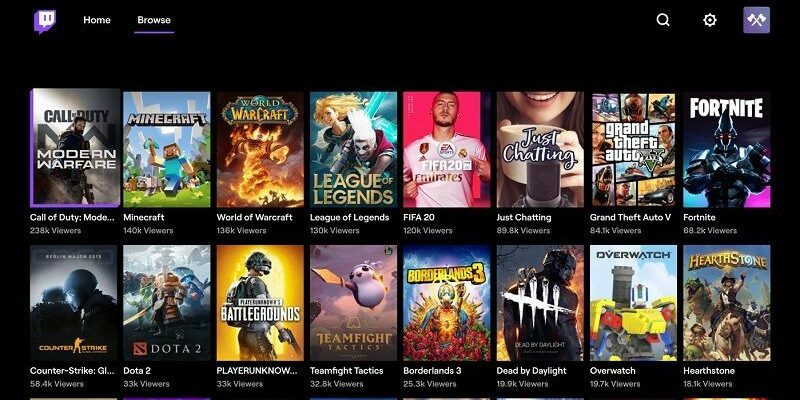Twitch is starting a ban on waiting room channels. New regulations are in place to prevent unfair competition.
Twitch, a live streaming platform with millions of users worldwide, continues to develop itself every day. However, it is a fact that this growth also brings some problems. Recently, it has been increasingly used waiting room channelsentered the process of being banned by Twitch for violating the platform’s rules. In particular, the rebroadcasting of content by big streamers and the transfer of viewership to other channels with this content caused Twitch to take action on this issue.
What Are Twitch’s Waiting Room Channels?
In recent months, Twitch has seen a significant increase in the number of channels known as “waiting rooms.” These channels often re-present content from big streamers to viewers, creating an audience waiting for the main streamer to go live. In other words, viewers spend time on these channels, but when the big streamer starts streaming, they switch to the main content source. In a sense, these types of channels create unfair competition for streamers and cause viewers to be directed to another channel.
Twitch’s latest regulation states that such content will be banned from the platform. The platform considers waiting room channels to be impersonations and announced that it has decided to ban them for this reason. The Twitch Support team stated that the titles and channel biographies of such channels will be carefully reviewed by moderators, emphasizing that the main target is channels that reuse other content creators’ content and make unfair profits.
You May Be Interested: Twitch streamer locked himself in a closet for three days
This new decision by Twitch concerns many content creators. According to the statement made by the support team, the main reason for banning waiting room channels is to prevent channels that try to steal the audience and potential income of original content creators. Such channels aim to build their own audience by republishing content from large broadcasters. Twitch, on the other hand, sees this as a practice that harms original content creators on the platform.
However, Twitch’s regulation won’t cover all reaction or waiting channels. For example, content where a content creator is reacting to another streamer live, or creating a waiting room stream for an expansion, character reveal, etc., will not be banned. This is primarily because there is still an active interaction and commenting process in these types of streams.
Twitch Support made the following statement on social media regarding this issue: “We will evaluate different elements such as the broadcast title and channel bio to make decisions. In particular, we will take action in cases where a channel imitates another channel or re-presents the original creator’s content without permission.”
This statement suggests that Twitch is particularly keen on channels that create unfair competition and try to manipulate original content creators’ viewership in their favor.
Twitch’s new regulation actually addresses a problem that many streamers have been complaining about for a long time. Major streamers were upset that content they had worked hard to create for years was being rebroadcast by other channels without permission. These channels were attracting a large portion of the audience, thus negatively affecting the viewership and income of original content creators.
Waiting room channels are considered unfair competition by Twitch because they do not add any original value to the content they present to viewers. These types of broadcasts do not include commentary, reactions, or creativity from the original creator, creating unfair competition among content creators on the platform.
This change will bring significant changes for Twitch viewers and creators. Viewers will no longer be able to access waiting room channels and will be directed directly to the original creator’s channel. This could lead to an increase in viewership for larger streamers, but it could also present new challenges for smaller channels, as many smaller streamers have been trying to grow their audiences with waiting room-style channels.
However, Twitch’s move aims to create a more equitable environment for content production and consumption on the platform, giving original content creators a place to get paid for their work and grow their audience without losing it to other channels.
Twitch’s new regulation of waiting room channels means the platform could develop stricter policies for content creators. Twitch could continue to take such steps to protect the rights of content creators. In particular, issues like unauthorized content use and unfair competition could be areas where the platform will be subject to more regulation in the long run.
What are your thoughts on this new regulation? Is Twitch banning waiting room channels a positive step for the platform or a decision that will put small content creators in a difficult position? Share your thoughts on this important issue and start the discussion with us in the comments!
